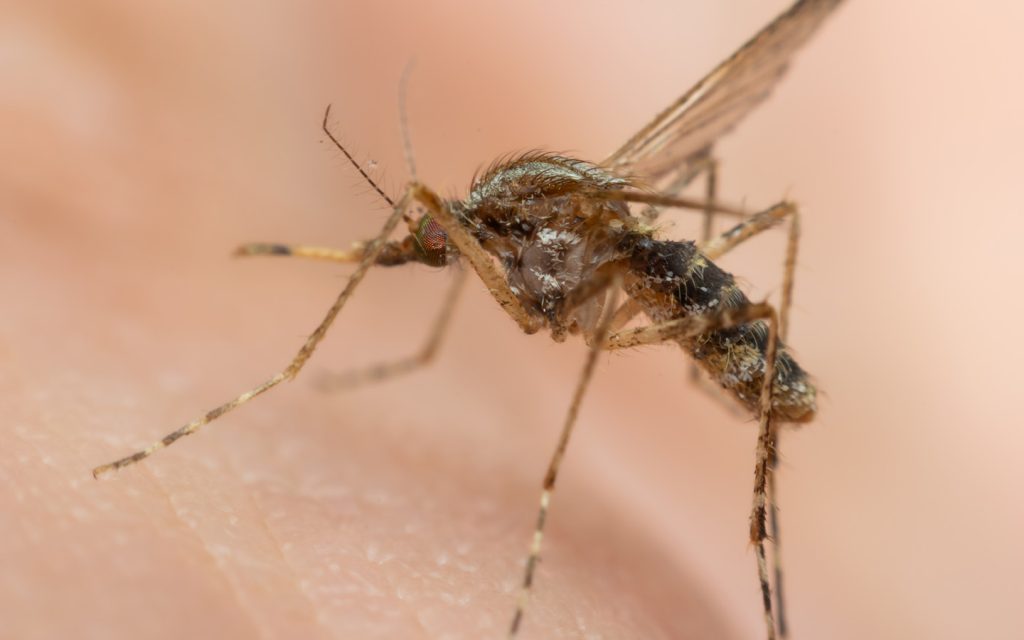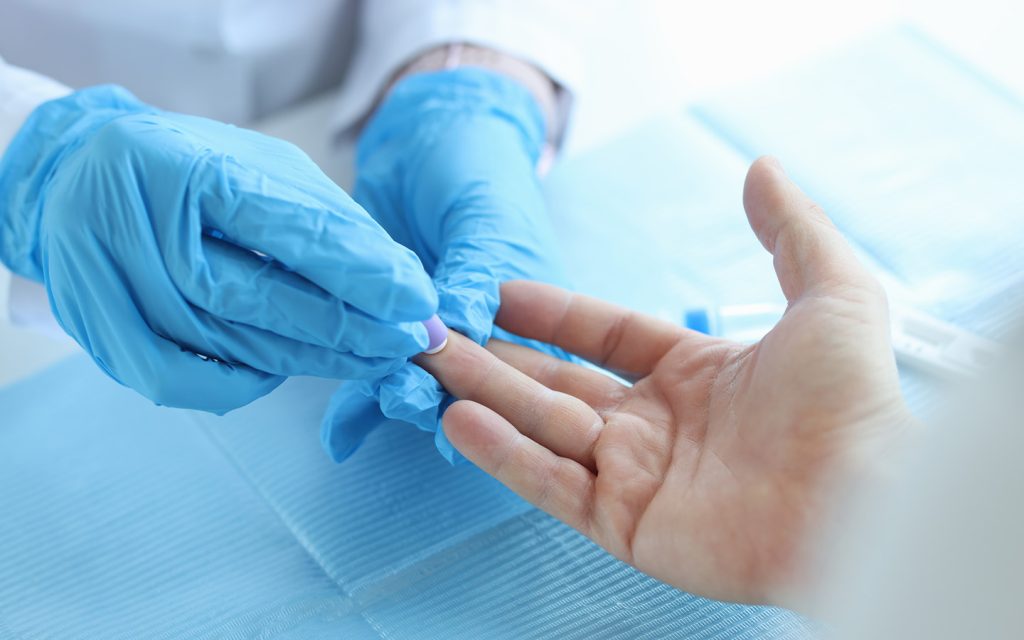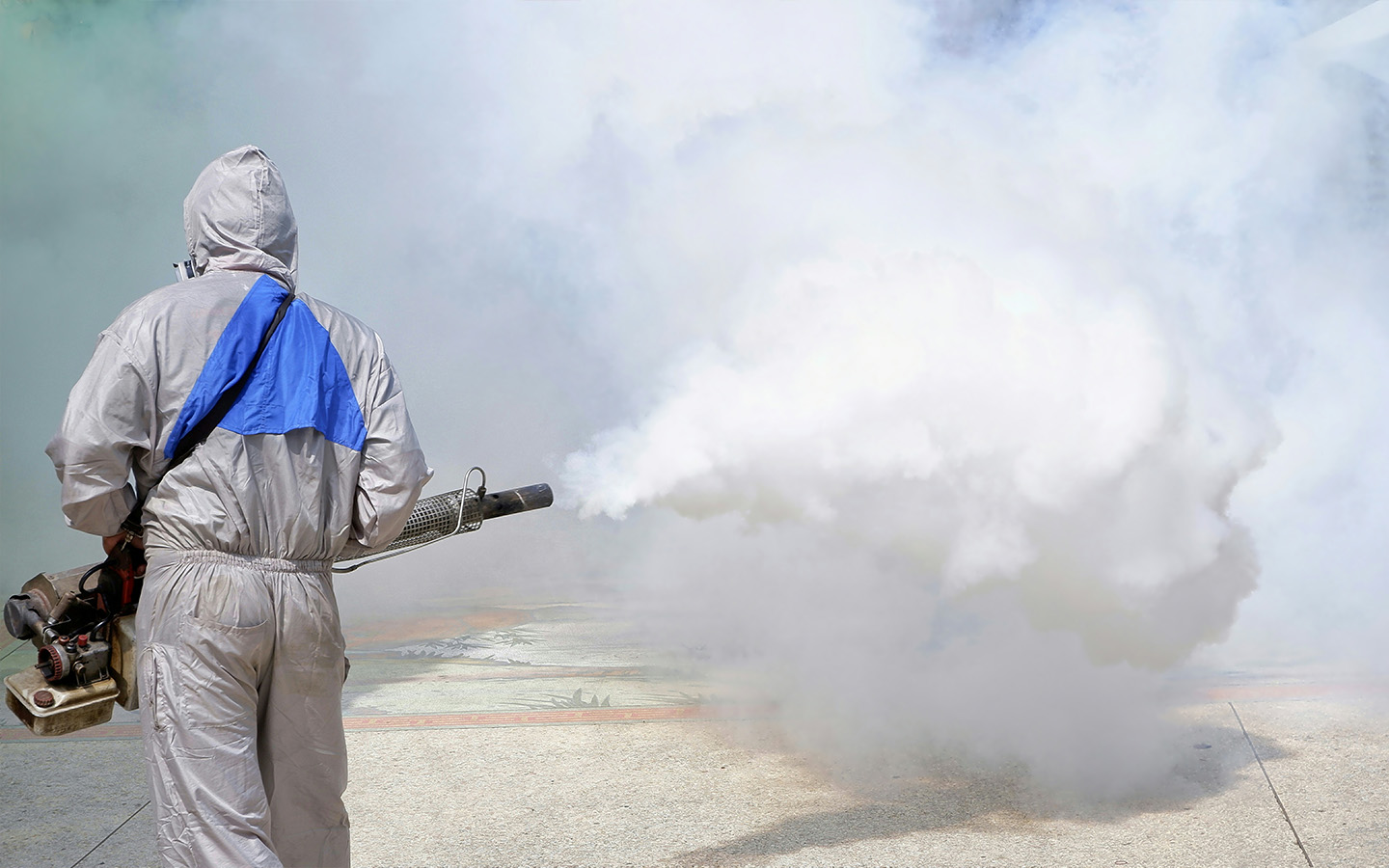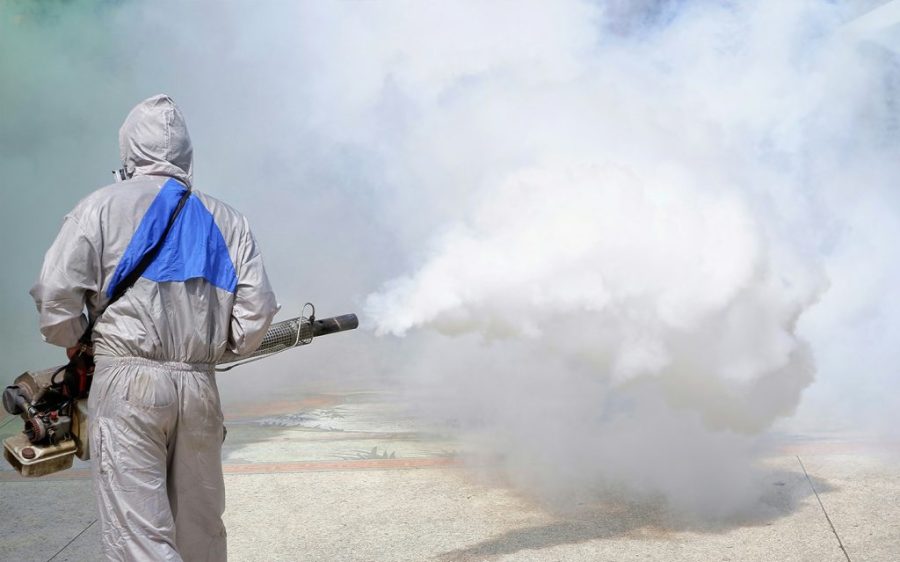Chikungunya has become the latest buzzword in the world of disease control. Last month, the World Health Organisation (WHO) sounded the alarm on the mosquito-borne virus (pronounced chik-en-goon-yuh) when representative Diana Rojas Alvarez pointed out that the little-known disease had “been detected and transmitted globally in 119 countries,” putting roughly 5.6 billion people at risk.
“Chikungunya can cause very rapid and large outbreaks, infecting up to three quarters of the population when there is not enough immunity,” Alvarez said. “It puts intense pressure on healthcare systems.”
At home, Macao has already recorded eight transmissions, including the city’s first two local cases last week.
[See more: Here’s what to know about Nimbus, the Covid-19 variant surging in Macao]
More worryingly, chikungunya fever has been spreading like wildfire across neighbouring Guangdong province, which recorded 2,892 infections between 27 July and 2 August. Foshan – the epicentre of the regional outbreak – registered more than 2,770 cases of the virus over this period.
In light of the severe outbreak, Foshan’s government launched a “relatively serious” level 3 public emergency response on 29 July (with level 4 being “regular” and level 1 being “extremely serious”). Days later, it launched a week-long campaign to eliminate mosquitoes across the city.
Given the severity of chikungunya regionally, there has never been a better time to learn more about the disease and the ways to prevent its spread. Read on to find out more.
Why is it called chikungunya?
The word chikungunya originated from the Kimakonde (Makonde) language in Tanzania, where the first case of chikungunya fever was discovered in 1952. When translated into English, the name means “bent over,” a reference to the contorted appearance of an infected person due to the joint pain caused by the disease.
How is chikungunya spread?
Chikungunya is generally spread to humans via the bite of infected female Aedes aegypti and Aedes albopictus mosquitoes. Mosquitoes become infected when they feed on the blood of an infected person. They go on to bite other people, leading to the virus spreading further.
The disease can also be transmitted through the handling of infected blood in situations such as blood transfusions. As well, pregnant women can infect their offsprings if they are diagnosed with the disease close to the time of delivery.
[See more: Macao recorded its first two local chikungunya transmission last week]
Human-to-human transmission of chikungunya through touching, coughing or sneezing is not possible.
What are the symptoms?
Those infected with chikungunya exhibit a range of symptoms, with the most prevalent ones being fever and joint pain. Infected individuals may also experience muscle pain, headache, rash, fatigue, nausea, red eyes and joint swelling.
The onset of symptoms can range between 1 to 12 days after a person has been bitten by an infected mosquito. However, it is common for the effects of the virus to begin manifesting within 3 to 7 days.
[See more: Zhuhai, Hong Kong on high alert for chikungunya as regional epidemic spreads]
Typically, a person will recover after around 1 to 2 weeks, although in some cases, joint pain may persist for several weeks or even months.

Is chikungunya disease fatal?
The likelihood of death from the disease remains relatively slim. Having said that, fatalities do occur, with the European Centre for Disease Prevention and Control registering 213 deaths in 2024 across 23 countries and regions.
Although the risk of dying from chikungunya is low, individuals should still take measures to protect themselves and others, including babies, the elderly and people with underlying health conditions, who are vulnerable to the disease.
[See more: Macao ramps up preventive measures as regional chikungunya outbreak worsens]
Even if chikungunya isn’t life-threatening, it is still best to avoid being infected, as the disease can cause debilitating joint and muscle pains.
In addition, a rise in infection rate can stretch hospital resources thin, negatively impacting the quality of healthcare for those truly in need of it.
Why is chikungunya becoming such a big problem now?
The severity of the recent chikungunya outbreaks in Guangdong and elsewhere is not accidental, as experts have stated that climate change is creating an environment that is ideal for mosquitoes to thrive.
[See more: The GBA steps up vigilance as chikungunya outbreak spreads]
One recent European-based study published in the Lancet Planetary Health journal found that mosquito-borne diseases such as chikungunya and dengue have been on the rise since 2010, coinciding with a jump in temperature levels. In fact, the researchers predicted that the outbreak of the two diseases could jump five-fold if the worst climate change scenario were to transpire by the 2060s.
How is chikungunya treated?
Currently, there are no dedicated drugs or vaccines to treat or cure chikungunya, although it is possible to relieve symptoms, including fever and pain, through over-the-counter medicine such as Acetaminophen or Paracetamol.
The Pan American Health Organisation also recommends resting and keeping hydrated by drinking beverages such as water, fruits juice, soups, coconut water or oral rehydration serum.
[See more: Macao watchful as Foshan’s chikungunya outbreak infects over 3,600 people]
Although no targeted treatment exists for chikungunya, those who recover from an infection tend to acquire immunity against the virus for life.

How can I prevent chikungunya?
Prevent yourself from contracting chikungunya and other mosquito-borne diseases by taking measures to fend off mosquito bites. These include wearing long-sleeved clothing, applying insect repellent and making use of mosquito nets or air conditioning when indoors.
[See more: As chikungunya fever spreads in Shunde, Macao’s Health Bureau advises caution]
One other effective measure to limit the spread of the disease includes cleaning up places with stagnant water – an ideal breeding ground for mosquitoes.
Should I be concerned about chikungunya in Macao?
As of writing, there were no serious chikungunya outbreaks in Macao, with the city recording only 8 cases – 6 imported and 2 local transmissions.
The government has also been working to reduce the likelihood of potential outbreaks through monitoring and chemical control measures. Between January and July, the SAR government conducted 8,903 rounds of monitoring for stagnant water, as well as 1,483 rounds of chemical control in 140 hygiene blackspots. A promotional campaign was also launched on 3 July, with the government aiming to educate people about preventive measures through door-to-door visits.
[See more: Macao reports the year’s first local case of dengue fever]
While the current situation in Macao remains manageable, the city’s top infectious disease expert, Leong Iek Hou, spoke of the “high risk” of chikungunya and dengue cases arising in Macao due to reasons such as the increased frequency of travel in summer, stagnant water from recent typhoons and regional outbreaks.
Are chikungunya and dengue fever the same thing?
Chikungunya and dengue fever are distinct diseases caused by different pathogens, even if they do share some of the same traits. For instance, both are spread through mosquitoes and cause similar symptoms. However, differentiating the two is important, as dengue fever can result in more severe symptoms that could potentially be fatal.
One key difference includes the duration of fevers, with chikungunya fevers being shorter than the ones caused by dengue. Rashes originating from chikungunya also tend to be big and flat maculopapular ones, in contrast to dengue rashes, which look like small dots.
[See more: Macao residents urged to be vigilant against Covid amid a regional surge]
While both viruses can cause joint pain, the kind induced by chikungunya tends to be more serious and longer-lasting in comparison to dengue. Chikungunya fever is also far less likely to cause shock and haemorrhage, in contrast to dengue.






